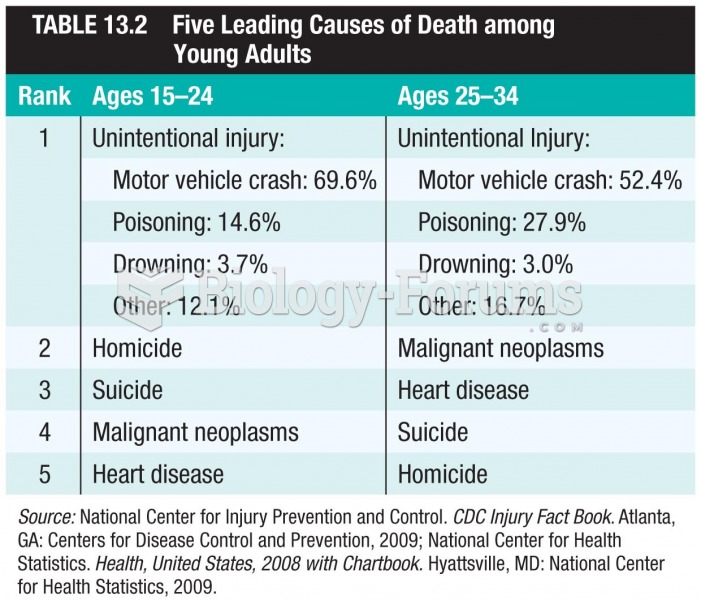This topic contains a solution. Click here to go to the answer
|
|
|
Did you know?
A strange skin disease referred to as Morgellons has occurred in the southern United States and in California. Symptoms include slowly healing sores, joint pain, persistent fatigue, and a sensation of things crawling through the skin. Another symptom is strange-looking, threadlike extrusions coming out of the skin.
Did you know?
Illicit drug use costs the United States approximately $181 billion every year.
Did you know?
Side effects from substance abuse include nausea, dehydration, reduced productivitiy, and dependence. Though these effects usually worsen over time, the constant need for the substance often overcomes rational thinking.
Did you know?
The average adult has about 21 square feet of skin.
Did you know?
If you could remove all of your skin, it would weigh up to 5 pounds.






